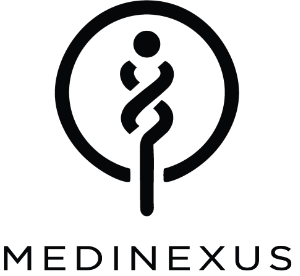Wu-Yang Huang1 , Yi-Zhong Cai1 , Jie Xing2 , Harold Corke1 , Mei Sun1
1School of Biological Sciences, the University of Hong Kong, Pokfulam Road, Hong Kong, P.R. China 2Republic Polytechnic, Woodlands Ave 9, Singapore
Abstract
Many species of Polygonum are rich in bioactive constituents, which contribute to a wide range of medicinal properties. In this study, we assessed the scavenging activity against ABTS· + and hydroxyl radicals, chelating activity against Fe2+, xanthine oxidase inhibition, antimicrobial activity, and total contents of phenolics and flavonoids in the extracts of leaves and stems or whole plants from four medicinal Polygonum species. Total antioxidant capacities and phenolic contents of Polygonum capitatum, Polygonum chinensis, Polygonum cuspidatum, and Polygonum multiflorum were 74.60, 53.66, 56.22, and 14.34 mmol trolox/100 g dry weight (DW), and 8.69, 4.15, 6.33, and 1.27 g gallic acid/100 g DW, respectively, significantly higher than those of five dietary vegetables, fruits and spices (spring onion, broccoli, orange, carrot, and ginger). Major bioactive constituents in the tested plant extracts were also investigated using LC-MS. They were mainly phenolic compounds, e. g., flavonoids, phenolic acids and their derivatives, tannins, stilbenes, and anthraquinones. This study shows that, in addition to their roots, the leaves and stems of P. cuspidatum and P. capitatum also exhibit potent antioxidant properties and are a potential resource of natural bioactive antioxidants.
Keywords: Polygonum, Polygonaceae, antioxidant capacity, xanthine oxidase inhibition, antimicrobial activity, phenolic compounds


